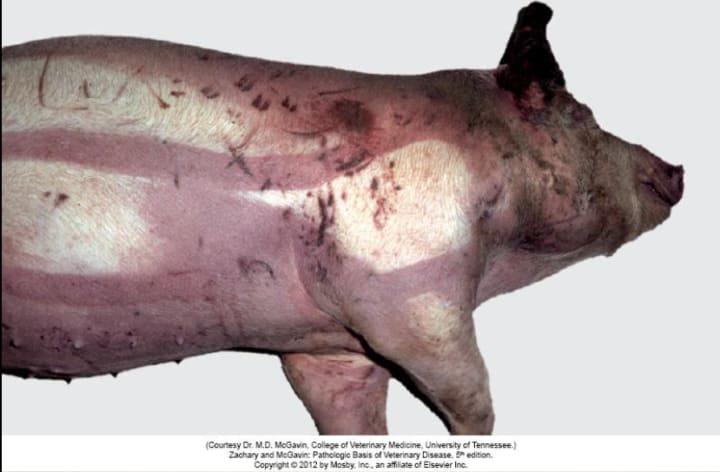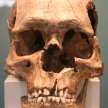Autopsy
Identifying the Victim and Time of Death

There is so much misinformation about autopsies in fictional TV, movies, and books, that it is time to set the record right. The parts of an autopsy are an external examination, Y-incision, removal of organs, stomach content analysis, collection of tissue samples, head and brain assessment, and the conclusions of the examiner. During all of this, the medical examiner is responsible for identifying the victim and estimating the time of death.
Identifying the Victim
It is extremely rare in this country that a family member is asked to identify a deceased loved one. There are many instances where a body is unrecognizable because of water exposure, fire, blunt force trauma, and decomposition. There is presumptive evidence that includes scars, tattoos, birthmarks, a driver's license or paperwork of some sort, photographs, cell phones, last known clothing, and other items. Scientific identity factors include fingerprints, dental records, surgical records, implant devices, and DNA. Sometimes the victim's hands are removed so that the fingers may be rehydrated in an attempt to get prints. In rare instances, a full head reconstruction is necessary because there is nothing else to go on. This may be a sculpture or a drawing. A photograph of the reconstruction is distributed to media outlets and "Doe" sites on the web, in hope of identifying a Jane or John Doe.
Mummified Fingers

Ready for Rehydration
Estimating Time of Death
There are several things that will help find an approximate time of death. This is completely exaggerated in fictional stories, as a medical examiner cannot pin this down with any certainty. There may be provisional information such as a person was last seen at 2 PM, and the body was found at 4 PM, but medically the time of death is never that specific. One of the pathologist's tools is Rigor Mortis. Rigor is the tightening of the body's muscles due to lack of ATP. Every bio student knows that ATP is what provides our cells with energy. When ATP is no longer renewed in muscle cells, they begin to shrink, starting with the smaller muscles of the face, neck, and shoulders. Some bodies are discovered with horrifying facial grimaces because of this—not because they died of fright. It begins immediately at the time of death, becoming noticeable after two hours. The rigidity becomes full rigor in 8-12 hours, and it can stay that way for 18 hours. It then reverses leaving the large muscles first, and the small last.
Livor Mortis, also known as lividity, is the process the body undergoes when blood flow stops. Gravity acts to pool the blood left in a cadaver to whatever part of the body is lowest. If a body is found on the floor, face down, blood will accumulate on the front side. Lividity begins within 30 minutes of death and continues for about 12 hours. Only up to the sixth hour of the process can movement of the body by a perpetrator be determined. After that, lividity is fixed.
Stomach contents can be used to help determine an approximate time of death. The process through which food is absorbed into the body can take anywhere from 22 hours to two days to complete and within that time food is broken down and reduced to a liquid pulp from which essential proteins can be extracted. However, this may only give an approximate time since the victim last ate, and that may have nothing to do with th time of death.
Livor Mortis

Algor Mortis is the rate at which the body cools. It is taken with a multi-probe thermometer that records temperatures in the brain, liver, and rectum. A body loses heat at the rate of 1.5 degrees per hour, but there are myriad variables. Children and the elderly lose heat faster. Overweight people lose heat slower. The ambient temperature of the crime scene can factor in. Was the heat on? Air conditioning? Outside scene? Inside scene? The list goes on.
Rate of Decomposition
The first transformative event in decomposition is autolysis, which is the self-destruction of the body's cells without interference from bacteria. There is a substance called vitreous humor potassium or VHP, that builds up over a 20 hour period. Sampling VHP is a solid way to get a time of death. Putrefaction is the escape of bacteria from the digestive system after death. It also follows a predetermined timetable. It is what causes bodies dumped in watery graves to float, even when anchored down. Within 36 hours of death, the neck, abdomen, shoulders, and head turn an off-green, and the body begins to bloat. The bacteria produce the gas and trapped by the body, it's got no place to go.This bloating is most visible around the face where the eyes and the tongue protrude as the gas inside pushes them forward. As putrefaction continues, the skin blisters, hair falls out, and the fingernails sink in. The body is now what's called "marbled" in that the blood vessels become visible because the now dead blood cells leak hemoglobin. As the process reaches its peak, the body turns a black-green and begins to split, not unlike overripe fruit. The gases are released, as is a fluid known as purge fluid. Some examiners use the Brouardel method of determining the time of death. Decomposition gases are not flammable in the first 24 hours after death, They are flammable two to four days after death, and from the fifth day on they are not. The Westernhoffer-Rocha-Valverde method uses blood crystals to determine the time of death. They start forming on the third day after death and remain for about 35 days. Variables like heat, cold, weather, water, fire, and freezing wreak havoc with time of death, so when you next hear the folks on CSI talk about a specific time of death, you can have a laugh, too.
About the Creator
Monica Bennett
I am a retired high school and college teacher. I have taught forensics, biology, chemistry, ecology, and Earth science.. Long Island has been my home for 60 years.






Comments
There are no comments for this story
Be the first to respond and start the conversation.